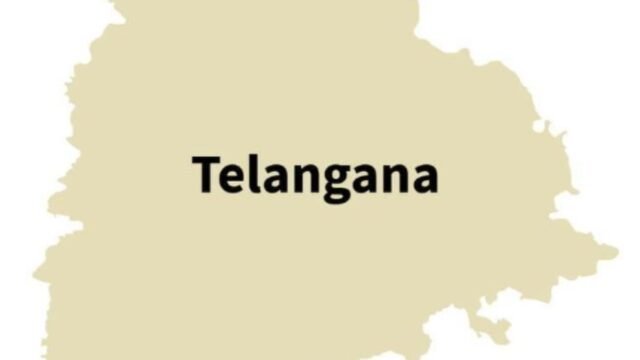Bouts of localised flooding across Hyderabad during the 2025 monsoon marooned residents, damaged roads, forced businesses to close, and disrupted electric supply for days. This year’s deluge is yet another reminder of how rainfall patterns have shifted in Telangana. The average monsoon rainfall for Hyderabad through the 20th century was 76.88 cm, but over the last 25 years, the city has recorded an average of 91.84 cm. While scientists debate the extent to which this shift is attributable to climate change, for citizens, the cause is less pressing than the consequence.
In Hyderabad, the basements of high-rise apartments were flooded and cars were swept away. And as always, the poor, particularly those who live along the Musi River and lake beds, were impacted the most. They lost rations, home appliances, documents, and vehicles. For families in areas such as Moosa Nagar, Chaderghat, and Kishanbagh, which are on the edge of the river, flooding means a lost school year for children, rising cases of water-borne diseases, and the struggle to rebuild their lives with no insurance safety net.
Hyderabad’s vulnerability is the result of willful ignorance of the city’s natural gradient and watersheds, decades of civic corruption, and the systematic dereliction of zoning regulations. By shrinking lakes and encroaching on storm water drains, the city has systematically dismantled its natural floodwater flow patterns. Shifting rainfall patterns are aggravating the problem.
The State government’s creation of the Hyderabad Disaster Management and Asset Protection Agency in 2024 was a step forward in dealing with the crisis. The agency has been working to clear lake bed encroachments and rejuvenate water bodies. It restored the Bathukamma Kunta lake, which offers a glimmer of hope. Yet, these interventions cannot undo the damage caused over decades. For instance, the main office of the Hyderabad Metropolitan Development Authority was built in the 1970s on what used to be one of the four lakes in the Ameerpet area.
Climate change is making cities vulnerable. Is India trying to make cities resilient? On July 24, 2025, MP Rookumari Choudhary asked in the Lok Sabha, “Will the Minister of Housing and Urban Affairs (MoHUA) be pleased to state the manner in which the government is incorporating climate resilience into urban planning and infrastructure development to address recurring issues such as flooding, waterlogging and damage to critical systems…”?
In response, the Minister of State for MoHUA, Tokhan Sahu, said that urban affairs falls under the purview of the State governments and urban local bodies. The only financial commitment that the Centre made in this year’s budget was the Urban Challenge Fund of ₹1 lakh crore, aimed at implementing proposals for ‘Cities as Growth Hubs’, ‘Creative Redevelopment of Cities’, and ‘Water and Sanitation’. “This fund finances up to 25% of the cost of bankable projects with a stipulation that at least 50% of the cost is funded from bonds, bank loans, and Public Private Partnership,” he said.
What Hyderabad and other urban areas need is a dedicated climate emergency fund. Cities should be able to draw from such a fund for both short-term reconstruction and long-term adaptation. Disaster recovery cannot depend on ad hoc grants or delayed relief measures. If extreme events are going to be the new normal, funding mechanisms need to reflect that reality.
Building resilience is a key challenge, and the Telangana government’s Musi Riverfront Development Plan embodies this effort. The plan aligns with the MoHUA’s document of 2021, ‘River Centric Urban Planning Guidelines’, which factored in climate change and suggested the creation of active and passive recreational areas and enforcement of eco-sensitive zoning regulations. The project costs an estimated ₹1 lakh crore-₹1.5 lakh crore. Yet, securing funding has proved to be difficult. Without substantial commitment from the Centre, projects such as this risk becoming cosmetic.
Indian cities are engines of economic growth: they are home to over a third of the country’s population and provide most of the jobs in the informal sector. But without climate resilience, these engines will stall. The story of Hyderabad’s flooded streets is not just about poor drainage — it is about a development model that requires urgent funds to tide over the climate emergency unfolding in front of us.
Published – October 07, 2025 12:59 am IST







